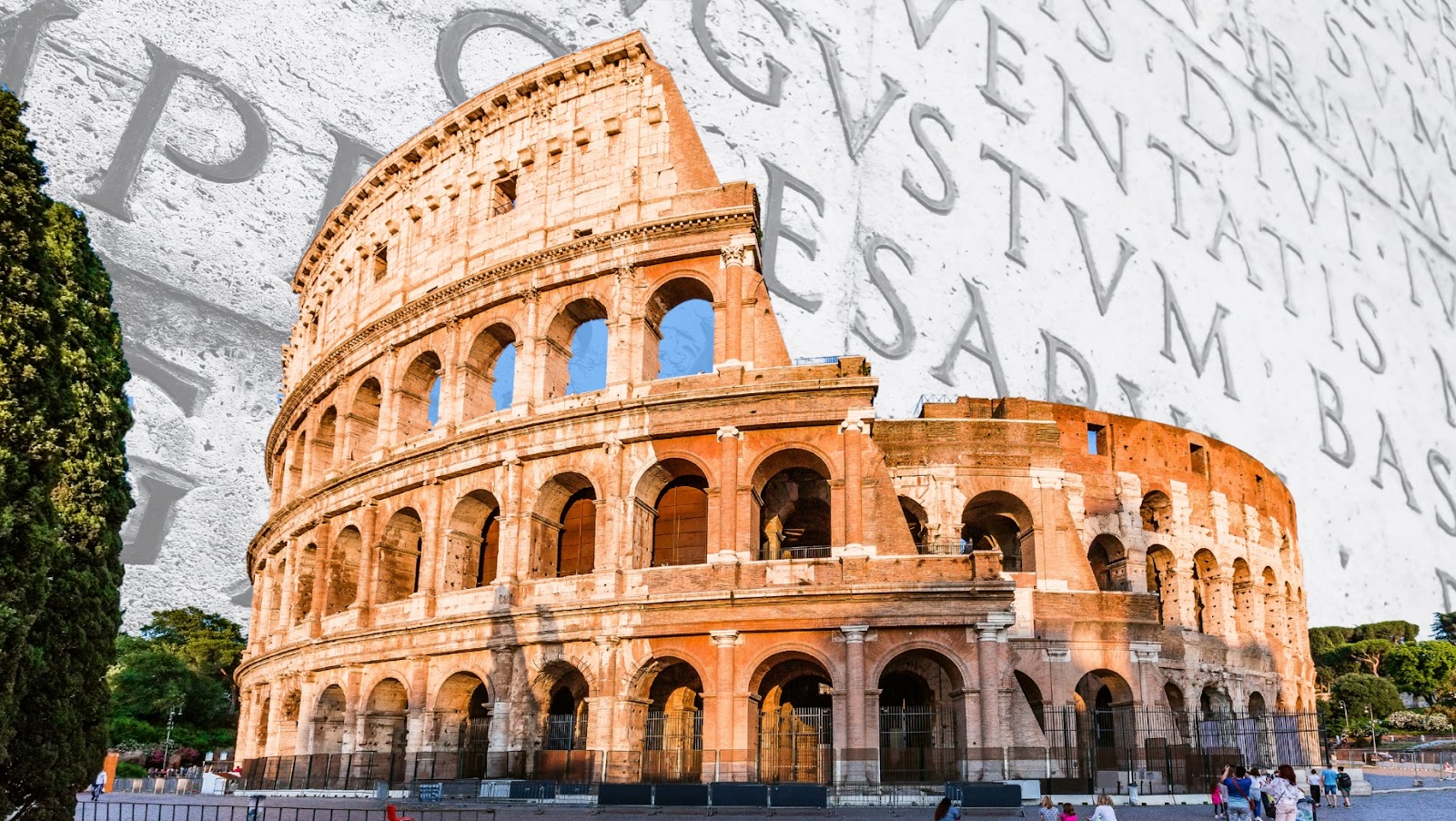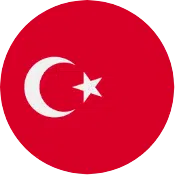
Know One to Know Them All: Similarities Between Romance Languages
If you’ve ever marvelled at the musicality of the Italian language or wondered why some Spanish words (hombre, tiempo, verde) sound similar to French (homme, temps, verte), then you’re in for a treat. Diving into the world of Romance languages, this article illuminates the fascinating similarities between romance languages – tracing their roots back to the ubiquitous Latin language.
Just imagine this – around a billion people worldwide are native speakers within the Romance language family. From the cobblestone streets of Italy and the bustling cityscape of Spain to the idyllic landscapes of France, the sunny coasts of Portugal, and the rich history-laden lands of Romania, these languages reverberate in every corner.
Yet, their reach goes beyond geographical boundaries and cultural diversity, revealing an intricate web of interconnected linguistic patterns. These mutual roots make understanding one Romance language a key to unlocking the others. Now, think about how exploring these connections could boost your multilingual ambitions.
Excited to learn more? Join us as we decode the shared DNA of Romance languages and discover what they can teach us about language learning in general.
Why are they called Romance languages?
Interestingly, the term “Romance” doesn’t hint towards love or passion. Instead, it originates from the Latin word rōmānicus, meaning “Roman.
Tracing back to the era of the Roman Empire, two types of Latin pervaded the world: Classical and Vulgar. Classical Latin, akin to formal language today, was primarily employed in written and official communication. However, the tongue of daily life, the language of the “common people” or vulgus, was Vulgar Latin. As Roman soldiers and traders ventured across lands, they disseminated this version of Latin, which gradually morphed into regional variations.
Over time, these dialects evolved into what we recognise today as Romance languages, a homage to their Roman origin.
How did the Romance languages spread across the world?
After the fall of the Western Roman Empire in 476 AD, the Vulgar Latin language fragmented into regional dialects. Influenced by local populations, these dialects slowly transformed into distinct languages – a linguistic phenomenon marking the birth of Romance languages. These include popular languages like French, Spanish, Portuguese, Italian, Romanian, and Catalan, all stemming from the rich linguistic heritage of Latin.
As these languages spread across Europe, political divisions, geographic boundaries, and cultural differences catalysed their divergence. Despite this evolution, all Romance languages retain core elements of their original Latin roots, affirming their shared history and interconnectedness.

The influence of these languages, however, extends far beyond Europe. During the Age of Exploration in the 15th and 16th centuries, European powers such as Spain, Portugal, and France brought their languages to their colonies and trading partners across the globe. Today, Romance languages are spoken in Europe and many parts of the Americas, Africa, and Asia.
The top 5 Romance languages for modern language learners
Speaking a modern Romance language already or just getting started? Either way, this exploration of the top five Romance languages can further ignite your foreign language learning ambitions. Here’s what makes them so special:
- Spanish: With its rhythmic cadence and clear pronunciation rules, Spanish is arguably one of the most accessible Romance languages to learn. The Spanish language is globally dominant, spoken by over 486 million native speakers. Its geographical reach and influence on music and literature make it an attractive option for language learners.
- French: If sophistication and elegance appeal to you, the French language won’t disappoint. Known for its nuanced intonation and reliance on word order, French offers a diverse cultural insight, from haute cuisine to impactful literature. It’s also the official language of numerous international organisations.
- Portuguese: Uncover the beauty of the Lusophone world! While European Portuguese is characterised by a distinctive, somewhat solemn melody and a unique nasal sound, Brazilian Portuguese, on the other hand, offers an enticing rhythm infused with warmth and a lively, musical cadence often associated with Brazil’s vibrant culture. Its growing influence in the business world, particularly in South America and parts of Africa, heightens its relevance.
- Italian: Retaining many Latin characteristics, Italian is music to the ears. Aside from being the language of opera and food, Italy’s cultural heritage makes this language a gem for those interested in art history and literature.
- Romanian: Often overlooked, Romanian is a fascinating language offering a gateway into Eastern Europe. It has preserved a lot of Latin grammar, making it particularly interesting for language aficionados.
But how exactly do these languages compare in terms of shared vocabulary, mutual intelligibility, and grammatical structure?
Sign up for our offers
Exclusive discounts on your course with Cactus directly on your inbox!
Degrees of lexical similarity between the Romance languages
Undeniably, a significant part of the Romance languages’ appeal is their high lexical similarity – the degree to which different languages share mutually intelligible vocabularies. These languages, having evolved from the same base language, show numerous overlapping characteristics.
However, this doesn’t mean that mastering one language would ensure complete understanding of the others. Notably, the closest relationships exist between Spanish and Portuguese, as well as French and Italian. This is a testament to the intertwining linguistic paths that have shaped these languages over centuries.
Shared syntax and grammar
The Romance languages boast a rich heritage of similar grammar forms and sentence structure. Rooted in Vulgar Latin, they maintain structural echoes of their common ancestry. For instance, Romance languages follow a subject-verb-object word order and utilise similar prepositions. They also share a verb conjugation system.
Key grammatical similarities include:
- Two genders (masculine and feminine) instead of the three (neutral) in Vulgar Latin.
- Use of prepositions and specific word order rules.
- Similar verb conjugation systems indicating tense, formality, and number (singular/plural).
While they’ve evolved from the same base language and share some syntax and grammar, it’s important to remember that they are distinct languages with unique phonetic rules, lexicons, and expressions.
Common vocabulary
Turning our attention to vocabulary, a veritable treasure trove of similarities awaits, as Romance languages consist of a considerable pool of common words. You’ll find that words for everyday concepts, from greetings to colours, show striking resemblances. For example, the word “thank you” translates to “gracias” in Spanish, “grazie” in Italian, and “merci” in French.
However, be aware that similar-looking words can sometimes have different meanings in different languages, the so-called “false friends.” For instance, “fabrica” means “factory” in Spanish but “fabric” in Italian. Always keep in mind the broader linguistic context to avoid misinterpretations. But don’t let this daunt you – the shared vocabulary between Romance languages is a valuable stepping stone in your multilingual journey.
How knowing one Romance language can ease the learning of others
Learning one Romance language can serve as a springboard to mastering others. If you’ve become proficient in Spanish, why not venture into Italian or French next? Not only will you discover the beauty of linguistic interconnectedness, but you’ll also be able to learn the new language much faster. A welcome bonus for any language enthusiast.Cactus offers a broad spectrum of courses in over 20 languages, including most of the charming Romance languages discussed in this article. We cater to all proficiency levels, from absolute beginners to seasoned linguists. Each course is thoughtfully crafted, ensuring you can start from scratch without prior language knowledge. With options to study at one of our language centres or online from anywhere in the world, flexibility is at your fingertips.
Ready to Start Learning?
About The Author

Dr. Anneke Schmidt is the founder of Skill & Care Content Solutions. She is an experienced content writer, editor, and educator with a demonstrated history of working in the research industry. Her main specialisms are Social Sciences and Education, with a particular focus on e-learning and professional development.

 French
French German
German Italian
Italian Spanish
Spanish Arabic
Arabic Cantonese
Cantonese Czech
Czech Croatian
Croatian Danish
Danish Dutch
Dutch English
English Greek
Greek Hebrew
Hebrew Hindi
Hindi Japanese
Japanese Korean
Korean Norwegian
Norwegian Polish
Polish Portuguese
Portuguese Russian
Russian Swedish
Swedish Thai
Thai Turkish
Turkish Ukrainian
Ukrainian